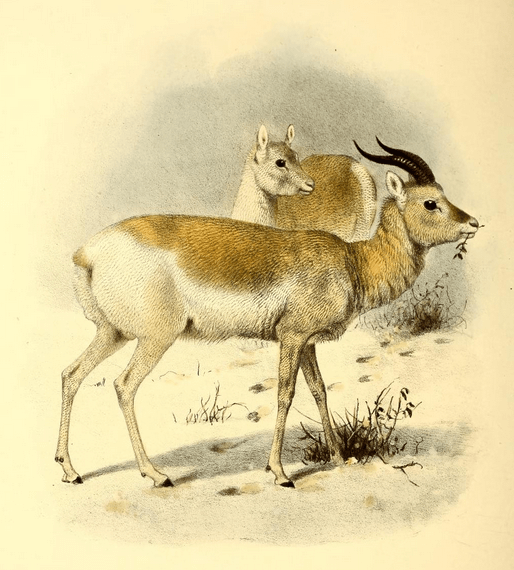Facts About Mongolian gazelle
The Mongolian gazelle, also known as the dzeren, is a captivating medium-sized antelope that inhabits the semiarid steppes of Central Asia, spanning Mongolia, Siberia, and parts of China. These gazelles exhibit remarkable seasonal adaptability, with their coats changing in color and length. Males are easily distinguished by their elegant lyre-shaped horns. Renowned for their impressive speed and swimming prowess, Mongolian gazelles adjust their activity patterns according to the seasons: they are diurnal in winter but become crepuscular in summer.
These gazelles engage in migration during the spring and autumn, driven by weather conditions and food availability. In summer, they typically form groups of 20-30 individuals, but as winter approaches, these groups can expand to approximately 100. Occasionally, herds can grow to an astounding 5,000 individuals. The Mongolian gazelle population is relatively strong, supported in part by a small number of individuals in captivity. In 2007, a mega-herd of about 250,000 Mongolian gazelles was observed, underscoring their capacity for large congregations.
The mating season occurs in late autumn or winter, with females giving birth after a gestation period of 5-6 months. Calving predominantly takes place in June and July, with females temporarily leaving the herd to deliver their offspring.
Currently, the Mongolian gazelle population is estimated to be around 1.5 million. Despite the annual loss of approximately 100,000 individuals, their conservation status remains of least concern. Population numbers can fluctuate due to disease outbreaks and harsh winters, but overall, the species remains one of the most abundant large mammals on the planet.

 Russia
Russia